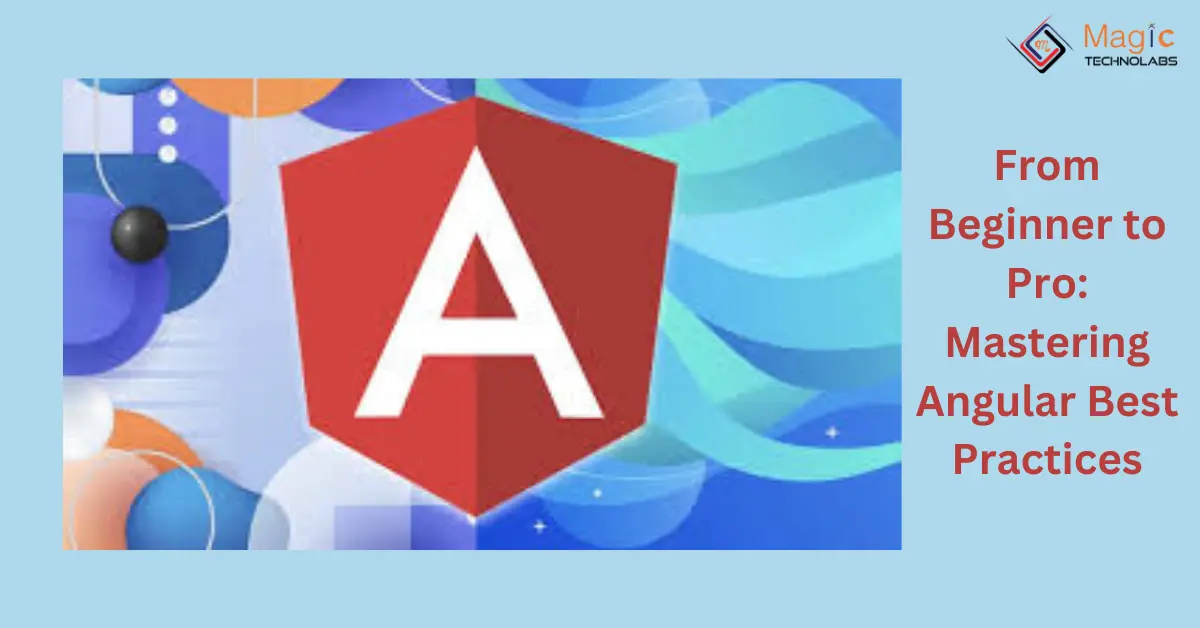Angular, the powerful JavaScript framework, has taken the web development world by storm. While beginners can create basic applications quickly, mastering best practices unlocks the true potential of Angular, allowing you to build clean, scalable, and performant web apps. Let's embark on a journey from Angular novice to seasoned pro!
Building Blocks: Components and Structure
Angular applications are built upon reusable components. Mastering component structure is fundamental. Follow these best practices:
Single Responsibility Principle: Each component should handle a specific task, promoting maintainability and reusability.
Input and Output Properties: Utilize input and output properties for clear communication between components, keeping your code organized and testable.
Component Hierarchy: Organize components in a well-defined hierarchy, ensuring a logical and maintainable application structure.
Dependency Injection: A Powerful Tool
Dependency Injection (DI) is a core concept in Angular. Learn to leverage DI effectively for robust applications:
Dependency Injection for Services: Inject services instead of creating them within components, promoting loose coupling and testability.
Provide and Inject: Understand the @Injectable() and @Inject() decorators to manage dependencies effectively throughout your application.
Lazy Loading: Leverage lazy loading for improved performance, especially in larger applications. Load modules only when needed.
Optimizing Performance: A Developer's Duty
A sluggish application can frustrate users. Here's how to optimize your Angular apps:
Change Detection Strategies: Utilize the ChangeDetectorRef to control how and when changes are propagated, improving performance.
Unnecessary DOM Manipulations: Minimize direct DOM manipulation and leverage Angular's built-in data binding for optimal performance.
Code Splitting: Break down your application into smaller bundles to improve initial load times.
Embrace the Ecosystem: Tools and Resources
The Angular ecosystem offers a wealth of tools and resources to empower your development journey:
Angular CLI: Utilize the Angular CLI for effortless project scaffolding, component generation, and testing.
Linting and Code Formatting: Enforce coding conventions with linters and code formatters to ensure consistent and maintainable code.
Testing Frameworks: Utilize testing frameworks like Jasmine and Karma to write unit and integration tests, ensuring the reliability of your application.
The Journey Continues: Learning Never Stops
Mastering Angular best practices is an ongoing process. Stay updated with the latest Angular releases, explore advanced topics like RxJS and reactive programming, and actively participate in the vibrant Angular community.
By embracing these best practices and continuously honing your skills, you'll transform from an Angular beginner to a capable developer, ready to build exceptional web applications. So, keep coding, keep learning, and conquer the world of Angular development!
















